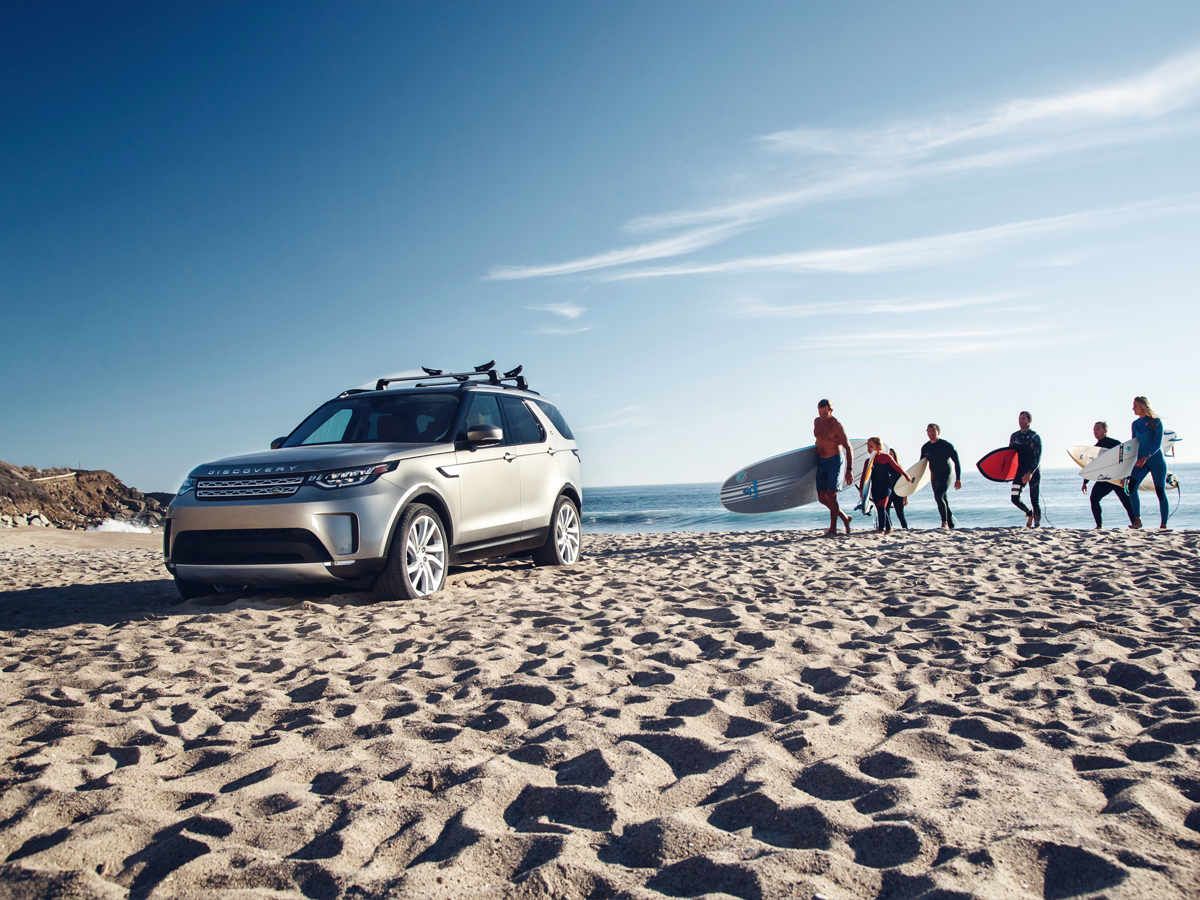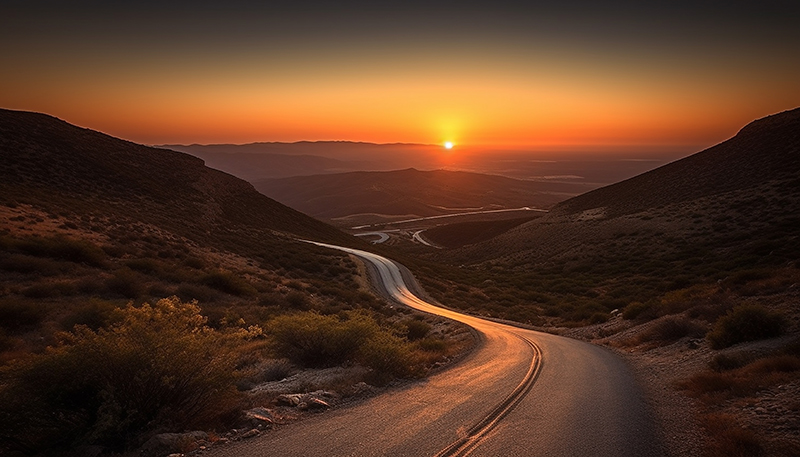There’s more to driving long distances than packing snacks and stretching your legs at a pit stop. Ensure you and your vehicle are up for the journey with these pointers, like how to best pack a trailer and stay alert on the roads.
Few things in life are better than the feeling of hitting an open road towards your holiday destination. It’s understandable to want to get there as soon as possible, but by preparing well and treating the trip as part of your holiday (and not just a means to an end) you can arrive safely and more at ease.
Do your research in advance
Putting a little research into your trip can make it both easier and safer.
- Plan your route and any accommodation you might need along the way. If you have one, programme your GPS beforehand to see if you’re comfortable with the suburbs and streets it follows – the most direct route is not always the best one.
- Use the Road Conditions Report to check the conditions of the roads you plan to take or whether there are any detours on your route.
- Consider traffic conditions and time of day – if possible, avoid travelling at peak times, like on public holidays.
Checklists to prep and pack your car
Ensure your vehicle is safe to travel.
- If your vehicle is due for a service, leave plenty of time to fix any potential problems before you leave on holiday.
- Check your windscreens are in good working condition and keep your mirrors clean for maximum visibility.
- Also check your car’s tyres, lights and various fluids.
- Have the following in your car: spare fuses, a funnel, a tyre gauge, duct tape, scissors or a pen knife, a fully inflated spare wheel, a wheel jack, two reflective triangles, jumper cables and a basic tool kit, including pliers, screwdrivers, and a spanner set.
- Other handy things to pack include flashing LED lights, an LED torch, a first aid kit, distilled water, emergency food, a phone charger, a reusable water bottle, hand wipes, a power inverter, a 12V battery, travel pillows and an emergency cell phone.
- When packing the interior and boot, make sure all loose items are safely secured, as they can become dangerous projectiles in the event of an accident.
Keep that trailer tight
If you’re using a trailer, follow these tips:
- Load the front first, placing 60% of the weight forward of the axle, evenly distributed. If it’s too heavy behind the axle, the trailer can sway.
- Centre the luggage left to right and tie it down firmly to prevent shifting. It needs to be tied at several angles and not just straight, else the pieces can fall over if you change speed or direction.
- Make sure both the vehicle and trailer have warning triangles.
- Remember that your tyres will require a different tyre pressure to accommodate the additional weight of the trailer. The extra trailer weight may also lift the headlights of certain models of vehicles.
At the end of the day it’s pretty simple – be smart, stick to the rules and don’t push any limits – be it the speed regulations or your physical capacity. Remember, long-distance driving requires extra special attention. Be smart, plan well and stick to proven guidelines and you will stay safe and sound until you arrive back home.



